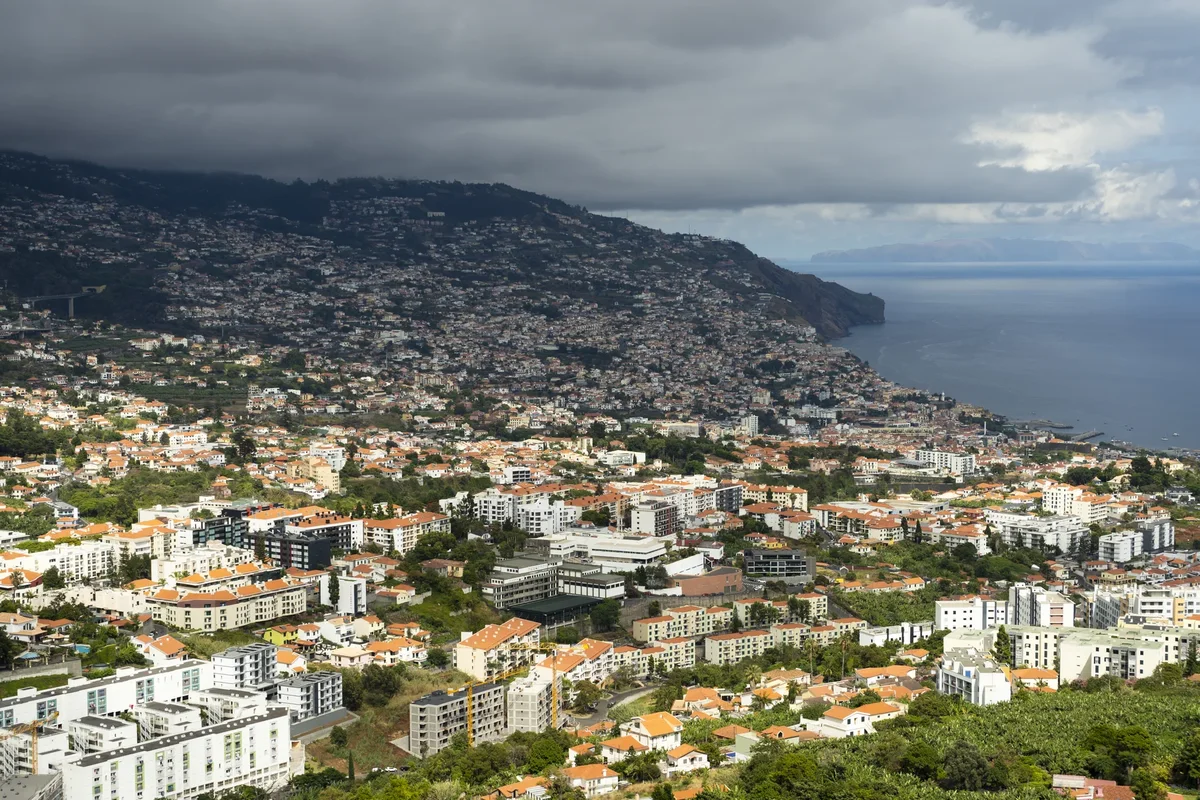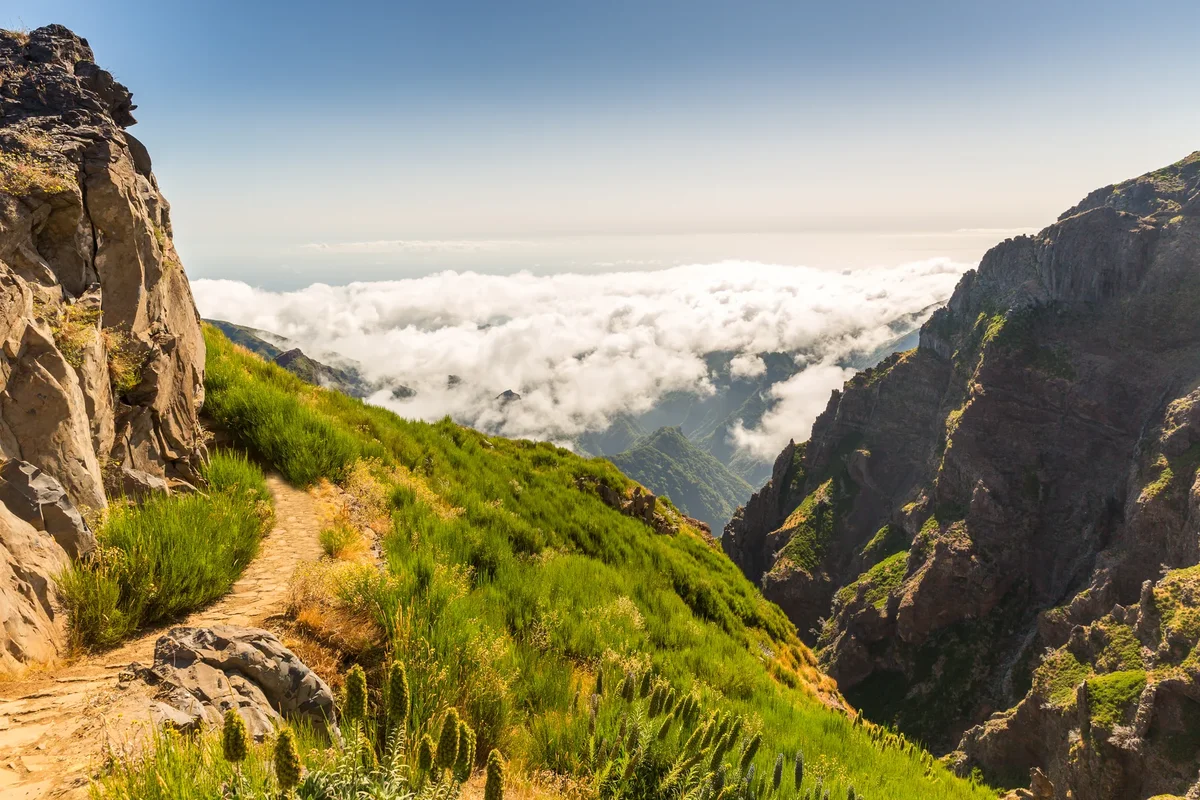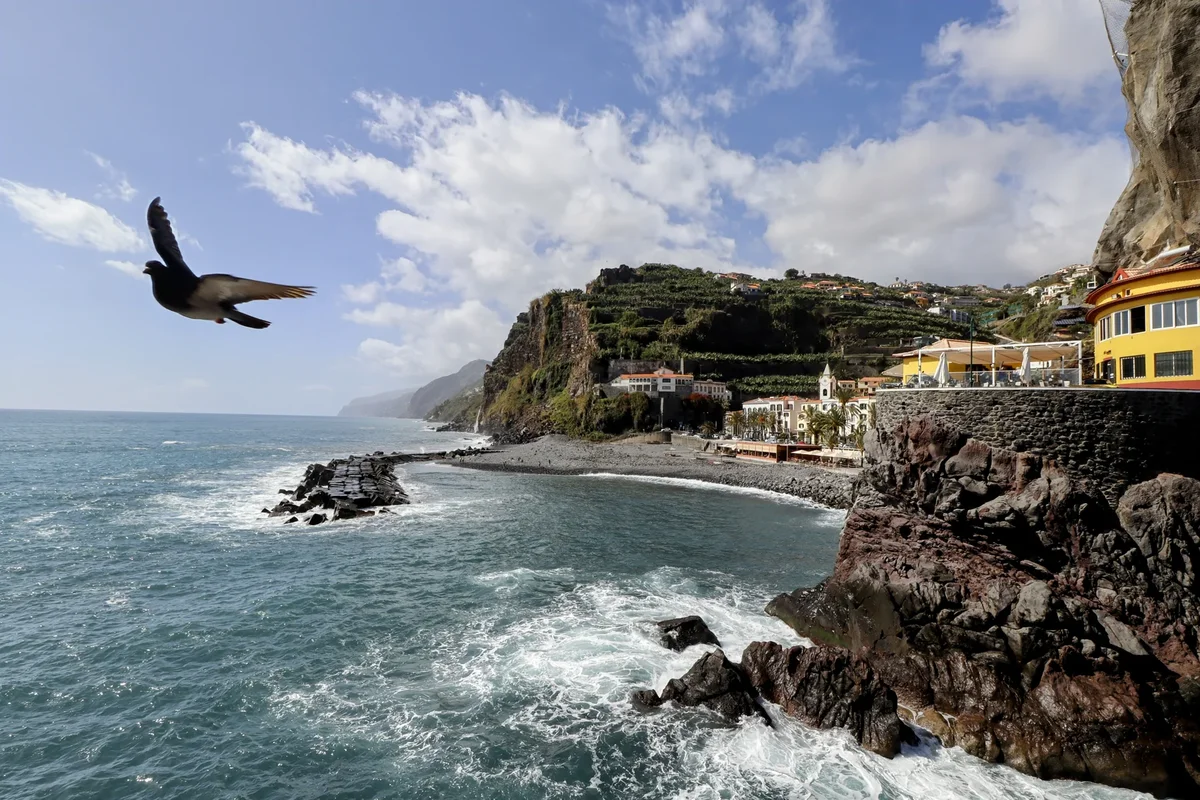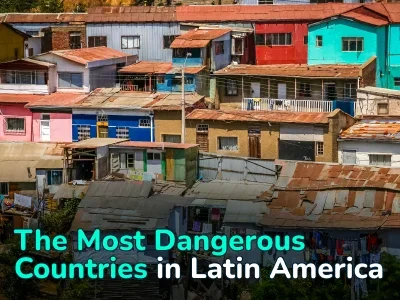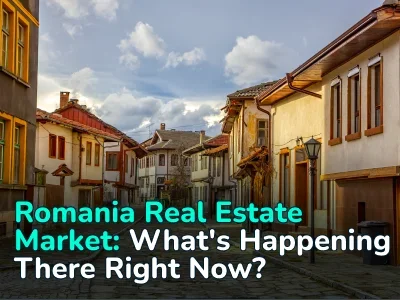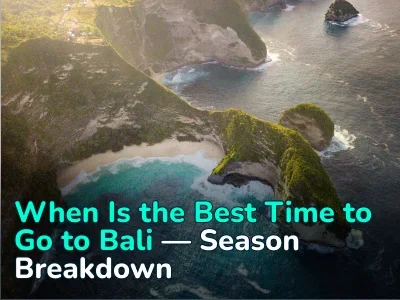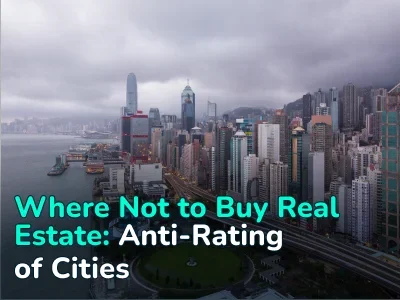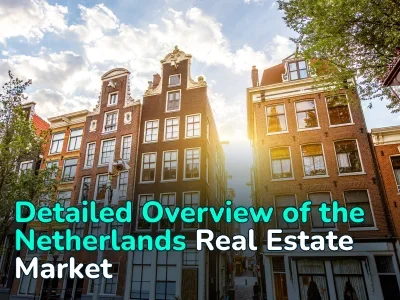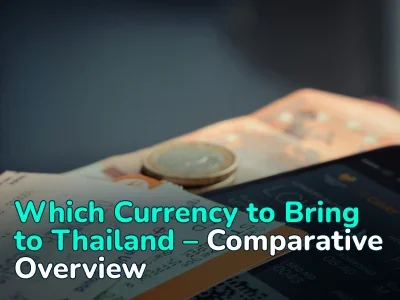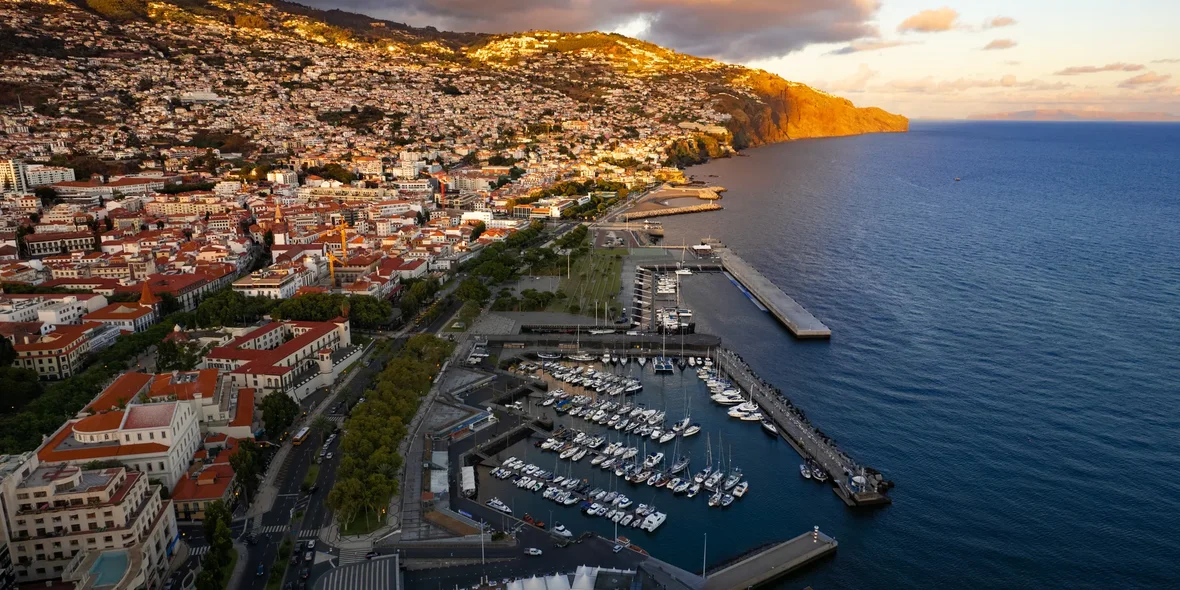
Madeira: an Island for Living and Investment — Tourism, Climate, Real Estate
Just 5–10 years ago, vacations on islands, especially Portuguese and Spanish ones, were considered a privilege of wealthy travelers. Mass tourism changed the situation quickly, and today buying property on the Azores is often cheaper than on mainland Portugal.
A similar trend reached the Portuguese archipelago in the Atlantic, 980 km southwest of Lisbon, known as Madeira. Initially, the island had little to offer: the Atlantic is relatively cold, and most of the territory is mountainous, where strong winds are common.
However, when property prices in Lisbon exceeded €5,100 per square meter and Europe began experiencing regular heatwaves of +45°C, tourists turned their attention to Madeira, where prices are twice as low and the average temperature is around +23 °C.
In this article, we examine the current state of tourism on the archipelago and what the local real estate market can offer.
Tourist Appeal of Madeira
Madeira is not a typical beach resort. It is an island of the same archipelago without a rich cultural heritage, so local authorities focus on eco-tourism, gastronomy, winemaking, and active recreation such as hiking and diving.
One of the key factors shaping Madeira’s appeal is its unique climate. Warm Gulf Stream currents and the mountainous landscape prevent sharp temperature changes. In summer the average temperature stays around +25°C, and in winter it remains close to +19°C.
Rainfall is distributed unevenly, with the highest levels in the north, while the south remains dry. This can be seen as a downside, but it also gave Madeira its unique feature: the levadas, historic irrigation channels that have become scenic hiking routes.
Thanks to the climate, the island has very little seasonality. From March to November there are more tourists, yet even during the remaining months the flow remains steady, supported by culinary tourism and events like the Flower Festival (Festa da Flor).
Key tourist locations of Madeira:
- Funchal. The administrative capital and main tourist hub. It is a modern European city functioning as the transportation and commercial center of the archipelago. Over 60% of Madeira’s housing stock is located here. The city is actively developing as a winter destination for mainland Europeans and digital nomads.
- Câmara de Lobos. A picturesque fishing town located 10 km west of Funchal and the birthplace of Cristiano Ronaldo. It has preserved traditional architecture, narrow streets, and many restaurants serving local cuisine. Wine and black scabbard fish festivals take place here.
- Calheta. One of the few places on Madeira with an artificial sandy beach. The area targets wealthier tourists, with new villas, boutique hotels, a growing marina, and a renovated promenade.
- Machico. The former first capital of Madeira, located closest to the airport. It is favored by those who prefer to live outside the main tourist hub while keeping access to all necessary amenities.
- Ponta do Sol. The technological hotspot of Madeira. Since 2021, it has hosted the Digital Nomads Village project that quickly formed an international community of remote workers. The area combines historic architecture with modern coworking spaces overlooking the ocean.
- Northern coast (Santana, Porto Moniz, São Vicente). The least urbanized part of the island. Public transport is limited, so having a car is highly recommended.
Madeira is one of the few places in Europe where, within a single day, you can go from sea level to mountain peaks higher than 1,800 m, walk through tropical forests, reach waterfalls, and finish the day swimming in natural pools formed by lava flows. The island offers more than 2,150 km of marked hiking trails, including routes along the levadas.
Key natural highlights of Madeira:
- Pico do Arieiro to Pico Ruivo trail. The most spectacular mountain route on Madeira. This 7 km hiking trail connects two of the three highest points on the island: Pico do Arieiro (1,818 m) and Pico Ruivo (1,862 m). The path follows the ridge above the clouds, with elevation changes of up to 1,000 m and panoramic views of the mountain range.
- Levada of 25 Springs (Rabaçal). A moderate trail about 9 km long that passes through gorges and waterfalls. The endpoint includes Risco waterfall and the “25 Springs” cascade.
- Cabo Girão. The second highest sea cliff in Europe, rising 589 m above sea level. At the top there is a glass viewing platform called Skywalk, one of the ten most visited attractions on the island.
- Porto Moniz. Natural pools created by solidified lava. Water temperature remains around +20°C throughout the year, and depth reaches 2–3 m. This place is ideal for families and for swimming in ocean water without waves or currents.
- Diving. The waters around the island are part of the Garajau Marine Nature Reserve, the first such reserve in Portugal. Here you can encounter groupers weighing up to 50 kg, barracudas, and schools of pelagic fish. Underwater visibility reaches 25–30 m, and the chance of seeing dolphins and whales is approximately 85%.
Madeira Real Estate Market
Over the past three years, Madeira has become one of the most dynamic regions in Portugal in terms of property price growth. Limited land availability, increasing demand from foreign buyers, and the fact that new construction is growing but still does not meet market demand all drive prices upward.
According to the Regional Directorate of Statistics (DREM Madeira), around 2,800 residential properties were listed for sale on the island in 2024. New developments accounted for only 27% of this supply, while the remaining share came from the secondary market.
Main property types in Madeira:
- New developments (Obras Novas). New construction is concentrated in the southern part of the island, mainly in Funchal, Câmara de Lobos, Calheta, and Machico. Most projects include apartments of 70 to 120 m² with ocean views and villas of 150 to 300 m² with private pools. Average prices range from €3500 to €4,800 per m², and premium complexes reach up to €6000 per m².
- Secondary market. Resale properties make up about 70% of transactions on Madeira. The most popular units are from the 1980s to 2000s. They are often renovated and rented to tourists. Average prices range from €2200 to €3200 per m², but renovation and obtaining a rental license (Alojamento Local) increase the final cost by 20–25%.
Average house prices on Madeira by type:
|
Property type (houses) |
Average price per m² (€) |
Typical size |
Locations |
|
Oceanfront villa with pool (premium) |
4500–6500 |
180–320 m² |
Funchal, Calheta, Câmara de Lobos |
|
Detached house (standard) |
3000–4000 |
120–200 m² |
Southern residential areas |
|
Townhouse |
2500–3200 |
100–150 m² |
Greater Funchal, Machico |
|
Bungalow / compact house |
2200–2800 |
70–110 m² |
Secondary market, suburbs |
|
Quinta (traditional estate, land + house) |
3500–5000 |
200–400 m² + land |
Old wine-producing zones, hillside areas |
|
Eco-house in the northern part of the island |
1800–2400 |
100–160 m² |
Santana, São Vicente |
Average apartment prices on Madeira by type:
|
Property type (apartments) |
Average price per m² (€) |
Typical size |
|
Studio (T0) |
2600–3200 |
35–50 m² |
|
1 bedroom (T1) |
3000–3600 |
50–70 m² |
|
2 bedrooms (T2) |
3100–3800 |
80–110 m² |
|
3 bedrooms (T3) |
3300–4200 |
110–140 m² |
|
4+ bedrooms (T4/T5) |
3200–4800 |
140–200 m² |
Speaking of the Alojamento Local (AL) license. This is the licensing system for short-term rental properties. It allows owners to legally rent out housing on a daily basis. However, starting from 2024, Madeira authorities are introducing a new quota system for AL licenses to avoid an oversupply of tourist accommodations. For example, in some districts of Funchal, no more than 30% of the housing stock may be used for short-term rentals.
The growing flow of tourists increases interest in guesthouses, boutique hotels, and apartment complexes. The average return on such properties is 9–12% per year, provided that management is efficient. There is also strong demand for commercial units on the ground floors of buildings in Funchal, such as cafés, restaurants, and offices suitable for coworking.
A niche but promising direction is buying land for individual construction. The cost of land with a building permit (terreno urbano) ranges from €250 to €800 per m² and depends heavily on proximity to the ocean.
Average real estate prices in Madeira by region:
|
Region/City |
Average price €/m² |
|
Funchal (capital) |
3600 |
|
Câmara de Lobos |
2500–3000 |
|
Calheta |
2800–3500 |
|
Machico |
2200–2600 |
|
Ponta do Sol |
2700–3200 |
|
Northern coast |
1500–2000 |
Investment Return on Madeira Real Estate
The investment model in Madeira is based on two key factors: year-round tourist demand and limited supply of oceanfront housing. Short-term rentals remain the most profitable strategy, especially in areas with high tourist traffic.
According to AHP (Associação da Hotelaria de Portugal), the actual profitability is as follows:
|
Property type |
Average nightly rate (high season) |
Annual occupancy |
Annual return |
|
1-bedroom apartment in Funchal |
€95–150 |
72–80% |
6–8% |
|
2-bedroom apartment with AL license |
€140–220 |
70–75% |
7–9% |
|
Villa with pool and ocean view |
€250–450 |
75–85% |
9–12% |
Even during the low season (January–February), occupancy stays at 55–60%, which is uncommon for island markets.
Long-term rentals are mainly in demand among digital nomads and retirees from Northern Europe. These are the largest tenant groups, though not the only ones.
Average long-term rental rates (6 months or longer):
|
Property type |
Monthly rent |
|
1-bedroom apartment (Funchal) |
€1100–1400 |
|
2-bedroom apartment (oceanfront) |
€1600–2200 |
|
Villa with pool |
€3500–5500 |
Most foreign property owners delegate operations to property management companies. More than 120 licensed companies operate on the market, offering services such as:
- Listing and marketing (Airbnb, Booking, Expedia).
- Dynamic pricing (yield management).
- Guest check-in and check-out.
- Monthly reporting to the owner (CRM / app).
Management fees vary based on the level of service:
|
Management model |
Fee |
|
Listing only |
15–18% |
|
Full management |
22–30% |
|
Premium (including renovation and furniture setup) |
30–35% |
Additionally, non-residents of Portugal pay a 28% tax on net rental income. New residents can apply for the NHR tax regime, which allows a fixed personal income tax rate of 10% for up to 10 years.
Legal Aspects of Buying Property in Madeira
The process of purchasing real estate in Madeira typically consists of four key stages. At the first stage, before signing any documents, the buyer’s lawyer conducts a full legal due diligence of the property:
- Registro Predial (Land Registry): confirms who the owner is and whether there are any encumbrances such as a mortgage, arrest, or easements.
- Caderneta Predial Urbana (cadastral record): contains information on cadastral value, property use (residential or commercial), and size.
- Licença de Utilização: a certificate confirming that the property has been approved for use and complies with construction regulations.
- Energy Certificate: mandatory upon sale, classifying the property’s energy efficiency from A+ to F.
The cost of legal due diligence ranges from €600 to €1,000. If there are any issues with the property, this check identifies them and prevents much higher financial losses later.
After the verification is completed, both parties can sign the CPCV — promissory contract, which fixes the price, deadlines, and purchase terms. At this stage, the buyer pays a deposit (sinal), usually 10–20% of the purchase price.
The CPCV legally obligates both parties to complete the transaction. If the seller withdraws, they must return the deposit in double. If the buyer withdraws, the seller keeps the deposit.
The third stage is the signing of the final contract. The deal is finalized in the presence of a notary and both parties or their legal representatives. They sign the notarial deed of transfer of ownership, and the notary verifies all documents again and registers the transfer in the National Land Registry (Conservatória do Registo Predial).
After this, the remaining balance is paid and the property officially becomes the buyer’s ownership. The notary records the new ownership rights in the registry database.
The final step is registration with the tax authorities (Autoridade Tributária) and obtaining a tax account for the annual IMI property tax. This usually takes 1–2 weeks. From this moment, the owner has full rights to use and manage the property.
Frequently Asked Questions about Madeira
Can a foreigner buy property in Madeira?
Portugal has no restrictions on property purchases by foreigners, regardless of nationality or property type. All you need for the transaction is:
- NIF, the Portuguese tax number (can be obtained in one day through a lawyer).
- Passport.
- Portuguese bank account (required for paying taxes and utility bills).
A foreign buyer receives full ownership rights registered in the national land registry. Owning property does not impose residency requirements. You may visit only for vacations and rent the property out if you wish.
What are levadas in Madeira?
Levadas are historic irrigation channels more than 2,150 km long, built to transport water from the mountains to the southern coast. The word “channel” is technical, since they are narrow and shallow. Walking trails run alongside them, ranging from easy paved paths to mountain routes through tunnels and steep terrain.
Can a foreigner get a mortgage to buy property in Madeira?
Portuguese banks actively issue mortgages to non-residents. Typical terms for foreigners include:
- Down payment of 60–70% of the purchase price (LTV up to 40–30%).
- Loan term up to 25 years.
- The interest rate is usually 3.8–4.5% per year for non-residents.
- Proof of income and tax returns required.
Many transactions are completed through a power of attorney via a lawyer. This means you do not need to be physically present for the final signing. After the power of attorney is issued, the notary signs the documents on the buyer’s behalf.
Author
I write informative articles about real estate, investments, job opportunities, taxes, etc.








